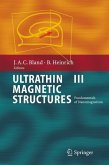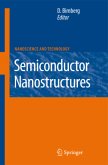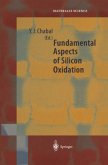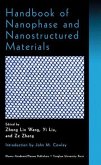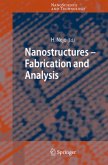Inrecentyears,anew?eldinsciencehasbeengrowingtremendously,i. e. ,theresearch on nanostructures. In the early beginning, impetus came from different disciplines, like physics, chemistry, and biology, that proposed the possibility of producing str- turesinthesub-micronrange. Theworldwideoperatingelectroniccompaniesrealized that this would open up new ?elds of application, and they proposed very challe- ing projects for the near future. Particularly, nanomagnetism became the focus of new concepts and funding programs, like spintronics or magnetoelectronics. These new concepts created a strong impact on the research ?eld of fabricating nanoscaled magnetic structures. Simultaneously, a demand for appropriate analyzing tools with high spatial resolution arose. Since then, the development of new techniques and the improvement of existing techniques that have the potential of analyzing magnetic properties with high spatial resolution have undergone a renaissance. Aiming at s- tems in therange of some 10nm means that the analyzing techniques have to go beyond that scale in their resolving power. In parallel to the efforts in the commercial sector, a new branch has been established in basic research, i. e. , nanomagnetism, that is concerned with the underlying physics of the fabrication, analyzing techniques, and nano-scaled structures. The progress in one of these ?elds is inherently coupled with better knowledge or understanding and, hence, success in the other ?elds. The imaging technique - as a synonym for spatial resolution - plays a key role in this triangle. In this book, we bring together the state-of-the-art techniques of magnetic im- ing.
From the reviews: "The volume makes a most welcome and significant addition to the publishers' Nanoscience and Technology series. It will indeed be a valuable and unique reference for those who want to, and need to understand the novel microscopy methods for imaging magnetic structures on the nanoscale. The topics covered are excellent and are just the ones researchers and professors at universities guiding graduate students who have opted for research in the field." (Current Engineering Practice, Vol. 47 (3), 2004-2005) "The book Magnetic Microscopy of Nanostructures is an addition to the Springer series on Nanoscience and Technology ... . It provides an excellent collection of comprehensive articles on current magnetic microscopy techniques. All the contributions have very good introductions, a detailed experimental section, and many examples of applications. The advantage of such a collection in book form ... is that newcomers to the field can rapidly gather the important information. ... I highly recommend this book ... ." (Harald Brune, Materials Today, May, 2005) "The latest volume in the Springer Series on Nanoscience and Technology, Magnetic Microscopy of Nanostructures ... will be of immediate interest to the corresponding subset of ultra-microscopists. ... This excellent collection really is a valuable addition to the bookshelf and is produced to the high standards that characterize so many of the Springer Series." (P. W. Hawkes, Ultramicroscopy, Vol. 107, 2007)



